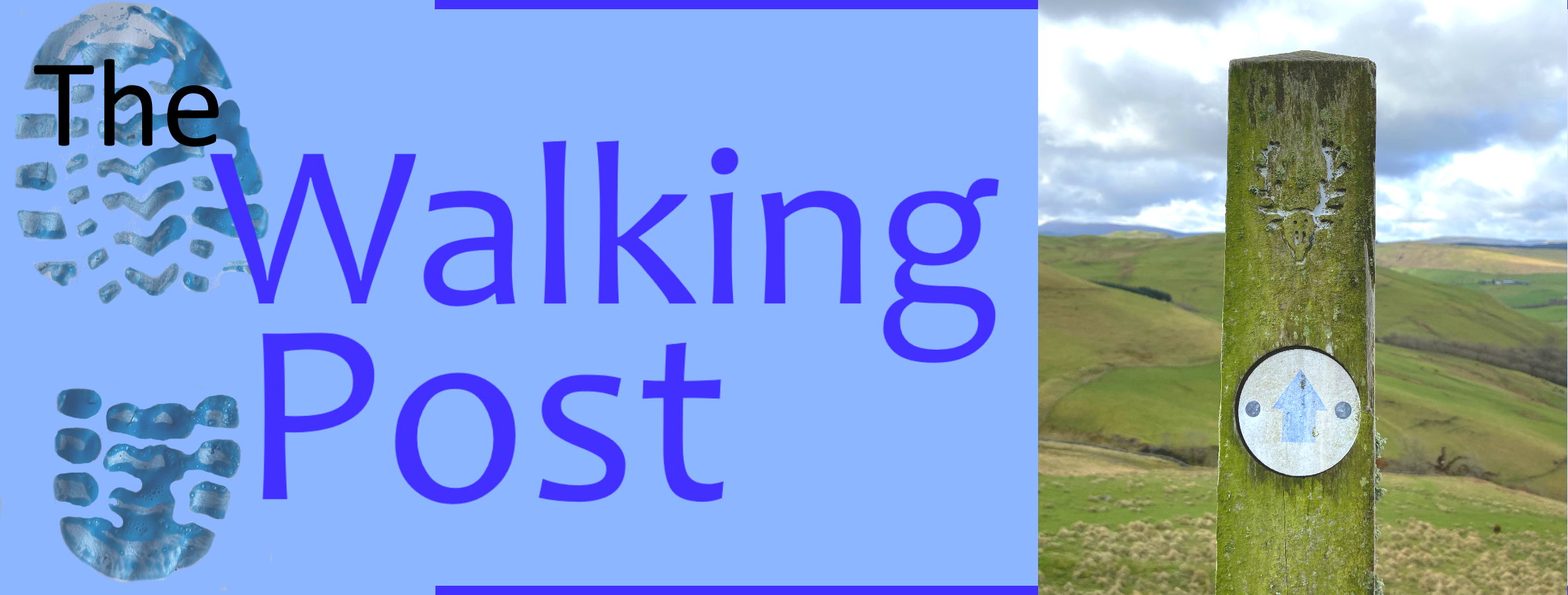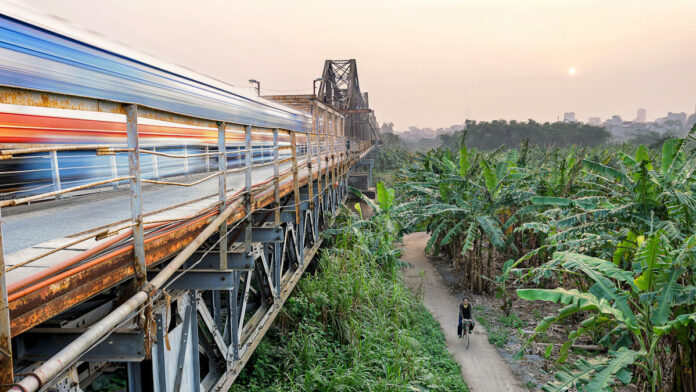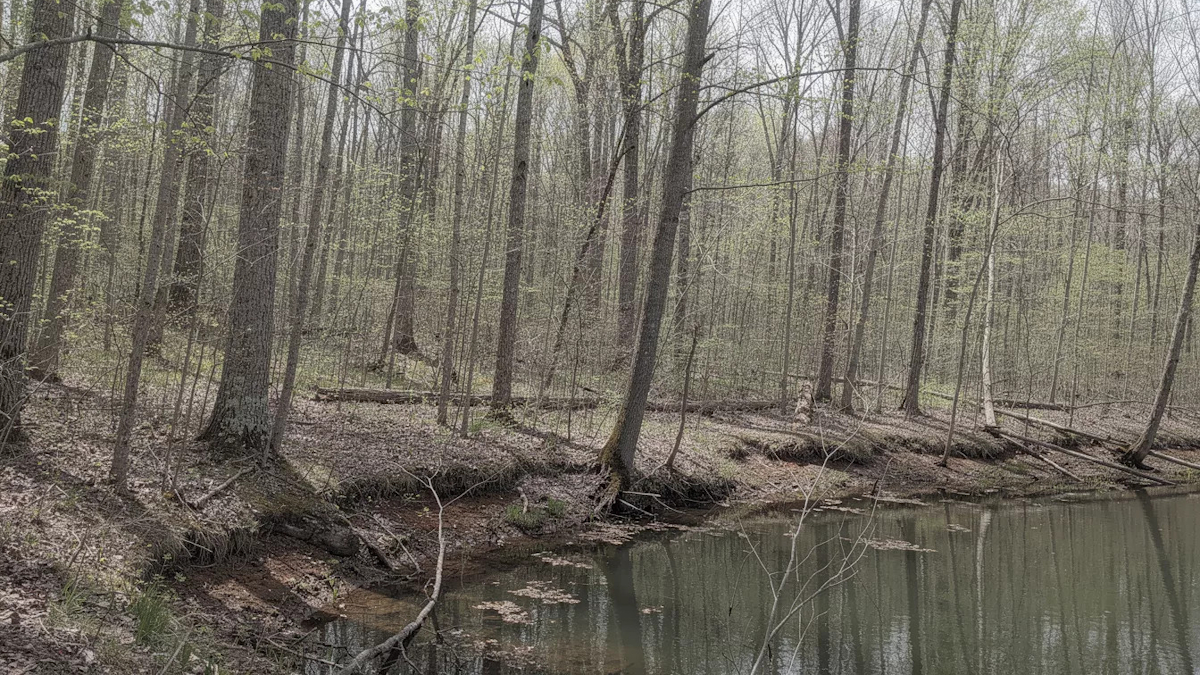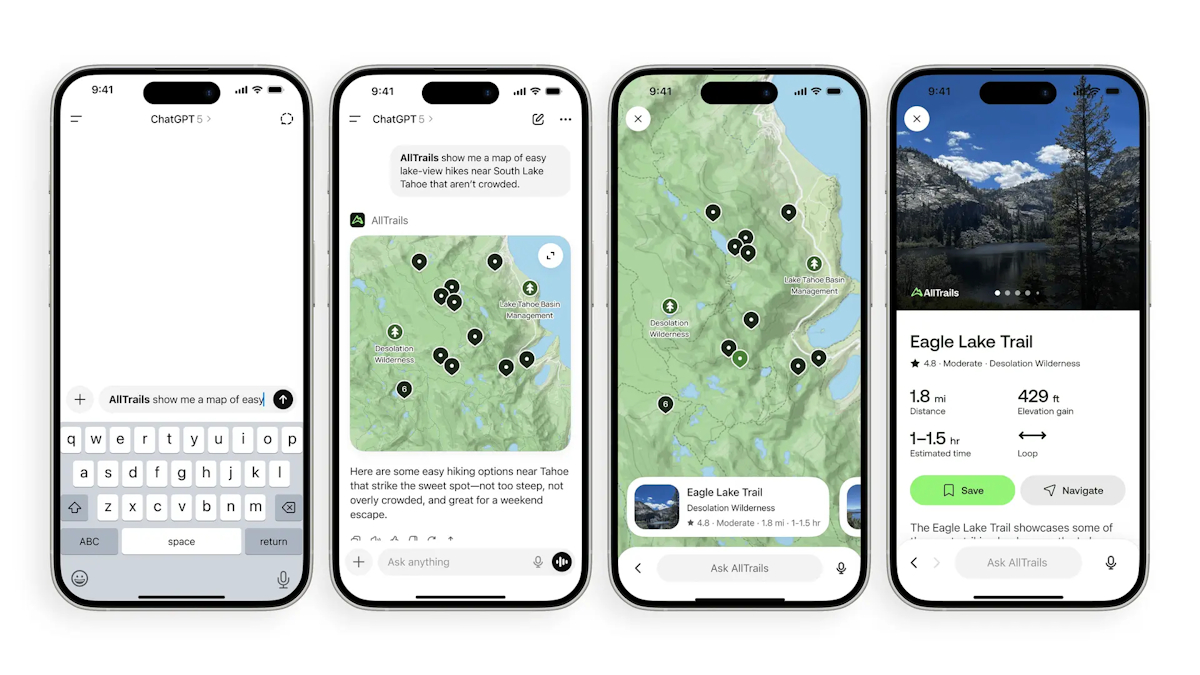Digital travel platform Agoda’s latest Europe to Asia Summer Travel Trends data shows an increase in European traveller interest for Asian destinations.
Thailand, Indonesia, Japan, Malaysia, and Vietnam top the list of most searched destinations for summer 2025, with interest driven by travellers from the UK, France, Germany, Spain, and the Netherlands. Search interest is also rising among travellers from Greece (23%), Turkey (21%), and Poland (17%).
This growth in interest aligns with a broader shift in European traveller preferences, who are increasingly seeking authentic, immersive experiences in locations from exploring vibrant neighbourhoods, enjoying wellness retreats and sampling local cuisine to discovering cultural landmarks on foot.
Agoda’s guide to Asia’s top cities to explore on foot highlights walkable hidden gems that make many of these trending destinations celebrated for their ease of accessibility. Hotels in walkable cities like Chiang Khan (Thailand), Melaka (Malaysia), Hanoi and Ho Chi Minh City (Vietnam) can stand out further by emphasising their proximity to city centres, historic neighbourhoods, and local attractions.
For Asian hoteliers, the growing appeal of walkable cities presents an opportunity to tailor offerings and capture the attention of Europe’s next wave of Asia-bound guests. Properties can highlight walkability by offering curated street tour maps and guided walking tours to enhance the guest experience. Accommodation providers can make it easier for guests to access local cuisine, hidden cafés, and cultural landmarks at every turn.
Wellness tourism continues to expand across Asia, with Mordor Intelligence reporting that the market is projected to reach $156bn in 2025. Today’s travellers are increasingly seeking destinations that not only offer convenience and cultural immersion, but also opportunities to recharge and focus on their wellbeing. Hoteliers can attract guests by offering spa packages, yoga classes, or digital detox retreats, and by bundling wellness experiences with room rates.
Chiang Khan in Thailand, for instance, is an example of a wellness-focused destination, with its car-free walking street, sunrise views over the Mekong, and opportunities for mindful experiences. These touches not only appeal to wellness-seeking travellers but also enhance the overall guest experience.
“As European travel patterns evolve, the real opportunity for hotels lies in anticipating not just where guests want to go, but how they want to experience those destinations,” said Andrew Smith, senior vice president, supply, at Agoda.
“By leveraging data-driven insights, hoteliers can move beyond traditional offerings to curate experiences that reflect the growing demand for wellness, walkability, and local authenticity. This approach positions them to capture interest from European travellers and build stronger, more resilient guest relationships for the long term.”








